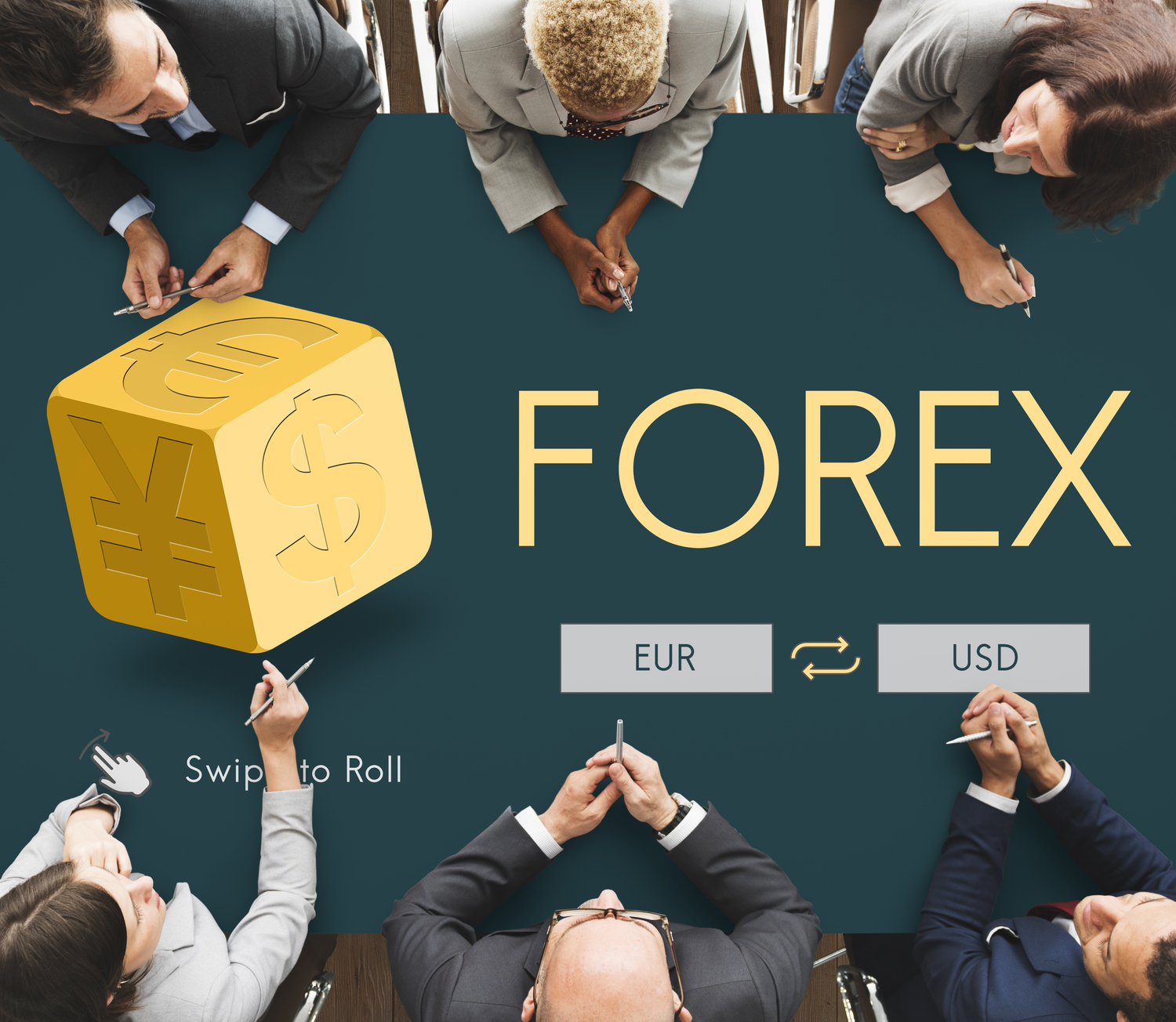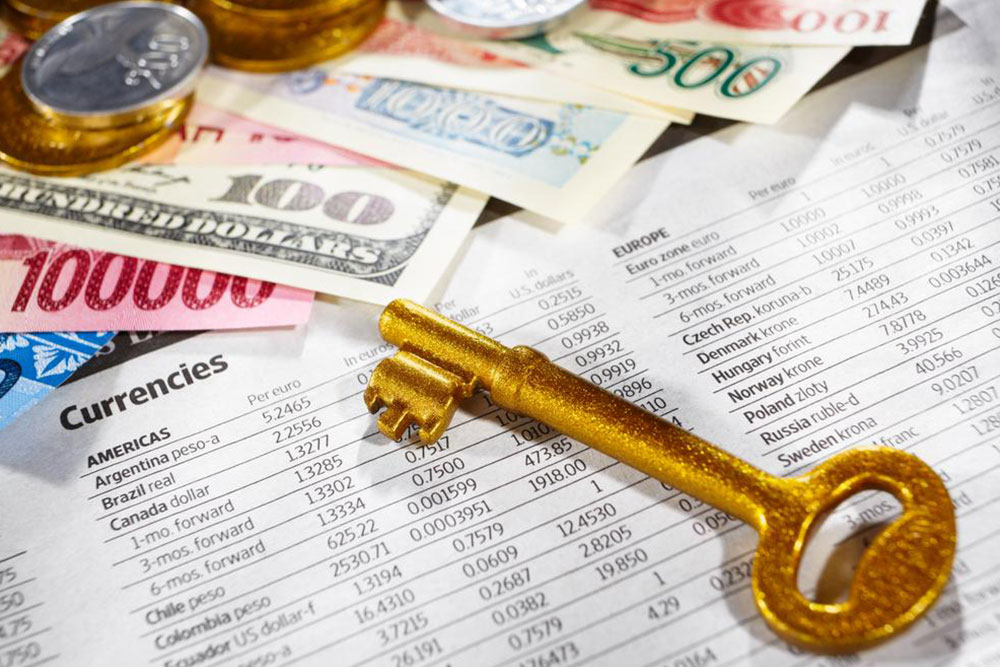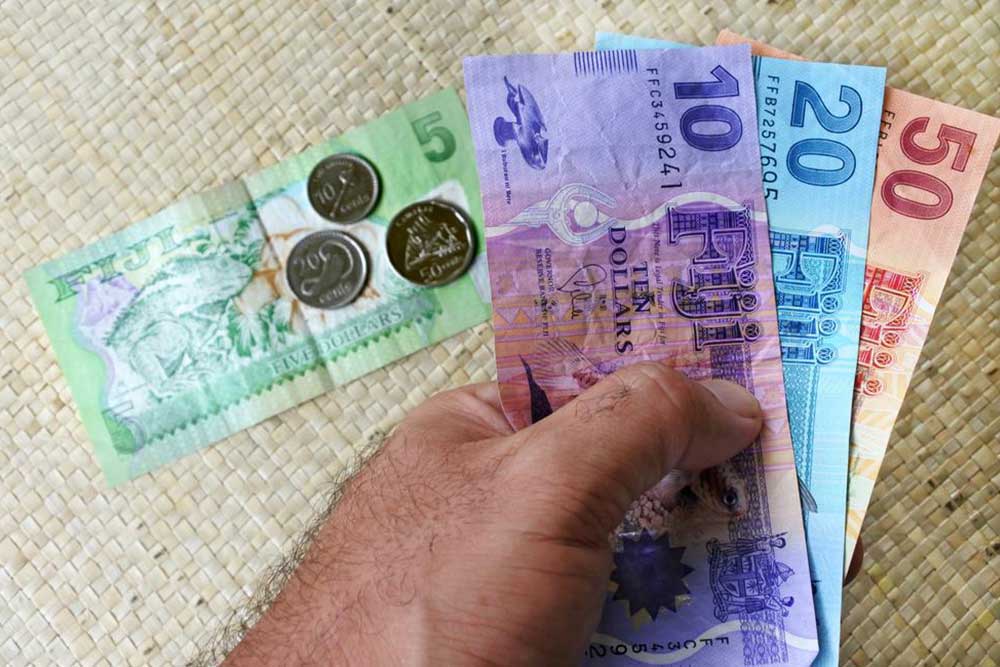Essential Insights into Foreign Exchange Trading
Explore the essentials of forex trading, including market structure, key participants, trading hours, and risk management strategies. Understand how currency pairs work, the role of orders, and considerations for beginner traders to navigate this 24-hour global market safely and effectively.

Essential Insights into Foreign Exchange Trading
Understanding Key Aspects of Forex Trading
Many investors are familiar with the terms forex buying and selling, but few understand what it entails or how it operates. This article aims to shed light on the fundamentals of foreign exchange, the mechanics of trading in the forex market, and potential risks involved.
What is the Foreign Exchange Market?
The forex market, also known as the currency trading market, is the world’s largest financial market.
It processes an average daily volume of approximately US$1.2 trillion.
Forex trading involves buying one currency while simultaneously selling another.
Currencies are traded in pairs, such as Euro/USD or USD/Yen, with fluctuating prices in the global market.
Is the forex market centralized?
Unlike stock exchanges, forex trading doesn't occur on a centralized exchange.
Most transactions are conducted over-the-counter (OTC) through electronic networks or phone calls, earning it the nickname “Interbank” market.
Participants in the Forex Market
The forex market has traditionally been dominated by banks—including central banks, commercial banks, and investment banks.
Recently, participation has expanded to multinational corporations, asset managers, registered dealers, forex brokers, futures and options investors, and individual traders.
The forex market operates 24 hours a day, starting from Sydney, then moving through Tokyo, London, and New York, allowing traders to react promptly to market changes caused by economic, social, or political events.
Risks in Forex Trading
Like all investments, forex trading involves risk, including sharp market fluctuations.
Beginners should seek advice from registered financial advisors before engaging in trading.
Ensure your broker is regulated by authorities such as the National Futures Association, ASIC, or FCA.
Duration of Positions
The majority of trades (around 80%) last less than a week, with some closing within two days.
Positions are typically maintained until profit realization, a stop-loss trigger, or the need for funds in other trades.
Order Types: Limit and Stop-Loss
Limit order: Sets the maximum price to pay or minimum to receive, such as buying USD/Yen below a set price.
Stop-loss order: Automatically closes a position at a predetermined level to limit losses if the market moves unfavorably.
Commissions in Forex
Forex brokers act as agents, executing trades and charging commissions per transaction.
These service fees compensate the broker for facilitating trades.
Do You Actually Buy or Sell Currencies?
No physical exchange of currencies occurs; forex trading is purely virtual.
All transactions are digital entries based on market prices, with profits and losses calculated in dollars for dollar-denominated accounts.










